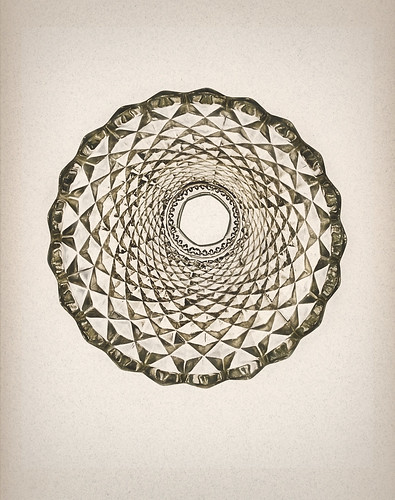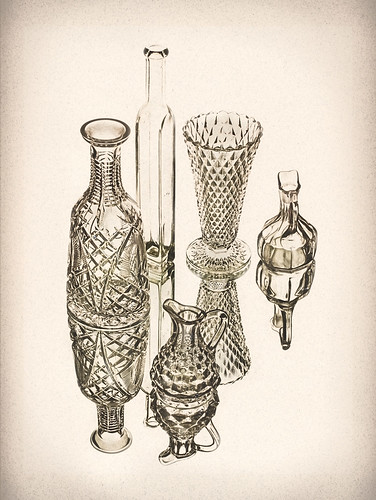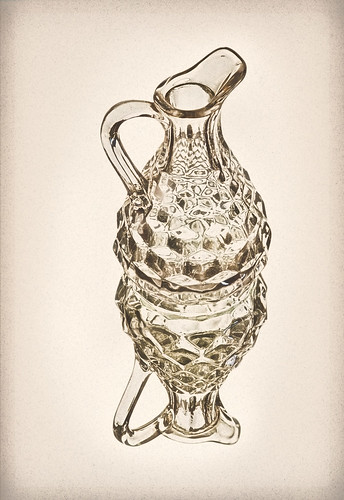Among the many misconceptions about HDR (High Dynamic Range) image creation is a big mistake: the belief that HDR represents a style, or a particular look.
Photographers who subscribe to this particular misconception, whether they are for it or against it, tend to think of HDR imagery as bold, highly colored, and unrealistic—often represented by over-the-top sunsets or hardcore and gritty urban environments.
In fact, HDR is a technique, or rather a set of techniques, that can be used to extend the range from light to dark in an image—and how that range, called the “dynamic range” of an image, is mapped into the final version of your image. Here’s a comparison that may help you wrap your brain around this concept. The world around us is three-dimensional, and it is not physically possible to show three dimensions in a flat, two-dimensional print. But perspective rendering, and the way our brains work, make it so that we visually pick up the cues in a two-dimensional photo (and some paintings)—and “see” the subject of the photo as three-dimensional. In the same way, HDR is a technique that allows image creators to render apparently coherent a greater dynamic range from light to dark than in a normal photo.
That HDR is technique and not style is made abundantly clear by the wealth of options in the leading automated HDR programs, Nik’s Merge to HDR Efex Pro and HDRSoft’s Photomatix. Automated software is not the only way to extend dynamic range—I often prefer to multi-process my RAW files using Photoshop’s
layers, masks, and blending modes. I’ll also often hand-layer captures shot at differing exposure values rather than letting Nik or Photomatix handle the exposure blending. But getting back to my point, even within each of the automated HDR programs there are literally thousands of choices that one can make that change the visual style of the result.
With the images of glassware shown along with this story I wanted my final results to look like old-fashioned etchings or pen-and-ink drawings. I shot each image using a mirror placed in front of a lightbox. The technique was pretty similar to what I’ve often used with transparent images of flowers.
I bracketed shutter speed in a wide range, and ended up putting four or five of the bracketed versions through Nik HDR, using a custom preset I’ve developed to enhance the etching look. I also did some hand layering in Photoshop, and some post-processing to add sepia tonality, retouched some problem areas, and bumped-up the painterly effect.
Certainly, these images were constructed in large part using HDR shooting and processing techniques. In look and style, however, they are pretty far from the way HDR is conventionally supposed to look. HDR is a toolset, not the result—with the result only limited by your imagination!



fafield
5 Oct 2011Harold —
There are few who practice the use of HDR tools with the insights, sensitivities and talent that you bring to them. As such, there is a lot of really over-the-top, grungy stuff out there. Unfortunately, the later has given HDR a bad name. But, this is a pattern we’ve seen elsewhere – even far removed from photography. Otherwise good technology gets inappropriately applied, gets a bad name as a result and it is almost impossible for use of the technology to become accepted once again.
The images you’ve shown here are exceptional. My bet is that you will find it necessary to down-play the term HDR or at least adopt terms like “multi-image processing” to avoid the stigma. But, do keep processing images just as you have done with these.
We continue to enjoy your blog and work.
Best,
Frank
JTasoff
7 Oct 2011Found some of yor Escher. Good work! How about reverse on new layer and fill in the stem?
Pingback: Scabiosa Pods and Fern
lizmint
9 Oct 2011These are stunning. Do you describe the technique in any of your books?
Harold Davis
10 Oct 2011@lizmint: Glad you like. This technique is “hot off the press” for me. So there are many techniques explained in my books, but I haven’t got to this yet!
Best wishes,
Harold
Pingback: Glass Spiral
Pingback: Wheels within Wheels
Pingback: The eye believes what it thinks it sees
Pingback: Tulips in a Glass Vase
Pingback: Bamboo
Pingback: Oculus in Crystal and Optical Sidekick